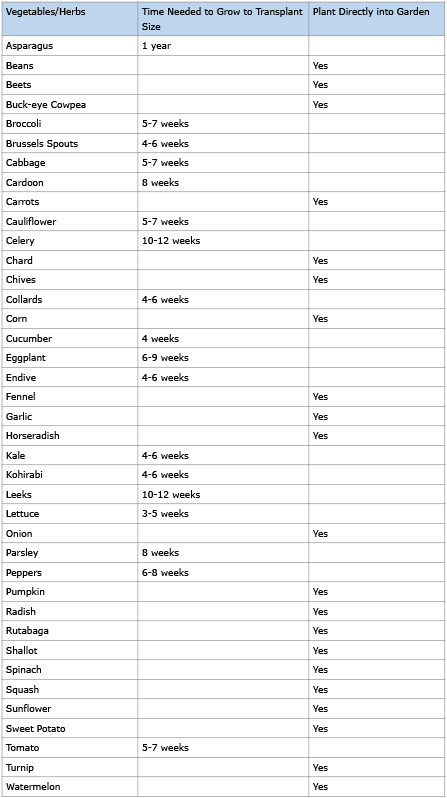Starting your vegetables from seeds is one of life’s true joys. But getting those veggies started and can take some trial and error, unless you have some guidance from the gardening experts with Washington State University, Oregon State University, and University of Idaho. Today, we’ll take a quick look at indoor and greenhouse seed start options, how long it takes to germinate certain plants, and what you can put directly into the ground.
Trust Regional Advice
For some sage guidance on when to plant, what to plant, and how to plant it in the northwest, be sure to check out Propagating Plants from Seeds, a Pacific Northwest Extension Publication put together by extension service experts in Washington, Oregon, and Idaho.
Starting Your Garden
Depending on where you live, your growing season will determine when to germinate seeds and how long you can expect to tend your garden. In Oregon and Washington, there are four main growing regions, including:
Western Valleys (150-200 day growing season)
Coastal Regions (190-250 day growing season)
Higher Elevations (90-120 day growing season)
Eastern Region (120-200+ day growing season depending on geography)
What, When, and Where to Plant
Cool-season crops can be started early (February or March) in the valley regions of both Oregon and Washington. These include lettuce, cabbage, broccoli, and kale. Warm-season crops can be started in early April. If you live in the eastern half of either state, you’ll need to wait until the last frost (May or June) to put seeds or transplants into the ground.
To estimate your germination start times, back up your seed-starting date from the date you can likely transplant to the ground in your region. The OSU Extension service has a great guide called Growing Your Own that can help.
Knowing what to plant and where to germinate can be the key to a successful garden. Use the chart below to plan ahead.
The Right Containers for the Job
If you plan to germinate seeds inside your home or a greenhouse, having a suitable container is a must. Luckily, there are plenty of options you can use, including:
- Wooden or plastic flats and plug trays
- Recycled plastic cottage cheese-type containers
- Bottom of a milk carton
- Used paper or plastic cups
- Clay or plastic flower-type pots
- Peat pellets or discs
- Fiber cubes
Coastal tip: Before you plant anything, be sure the container is clean and free of chemicals or other foreign materials.
Germinate Your Garden Ideas at Coastal
The gardening essentials you need for the best garden ever are at your Northwest owned and operated Coastal. That includes bags of seed starting mix that support growth. You’ll also find everything the country needs, including fencing, work clothes, western wear, boots, automotive tools, pet essentials, and beekeeping gear along with answers to all of your farm and garden questions.

